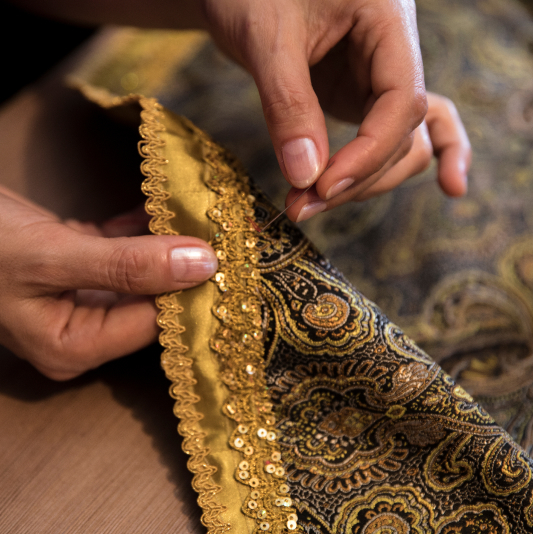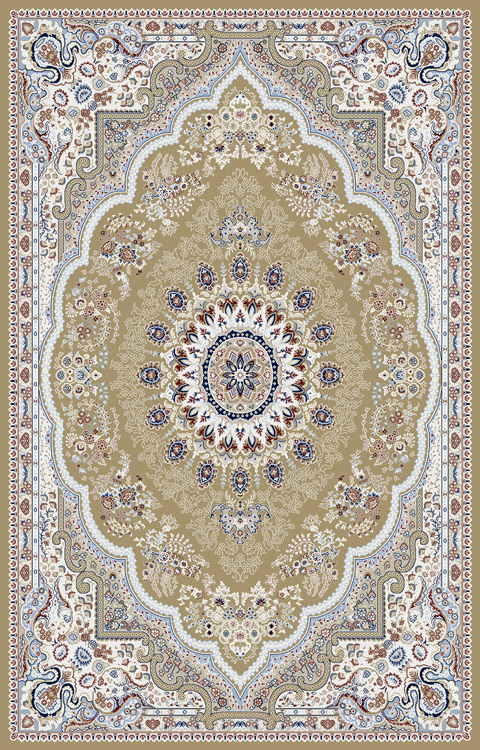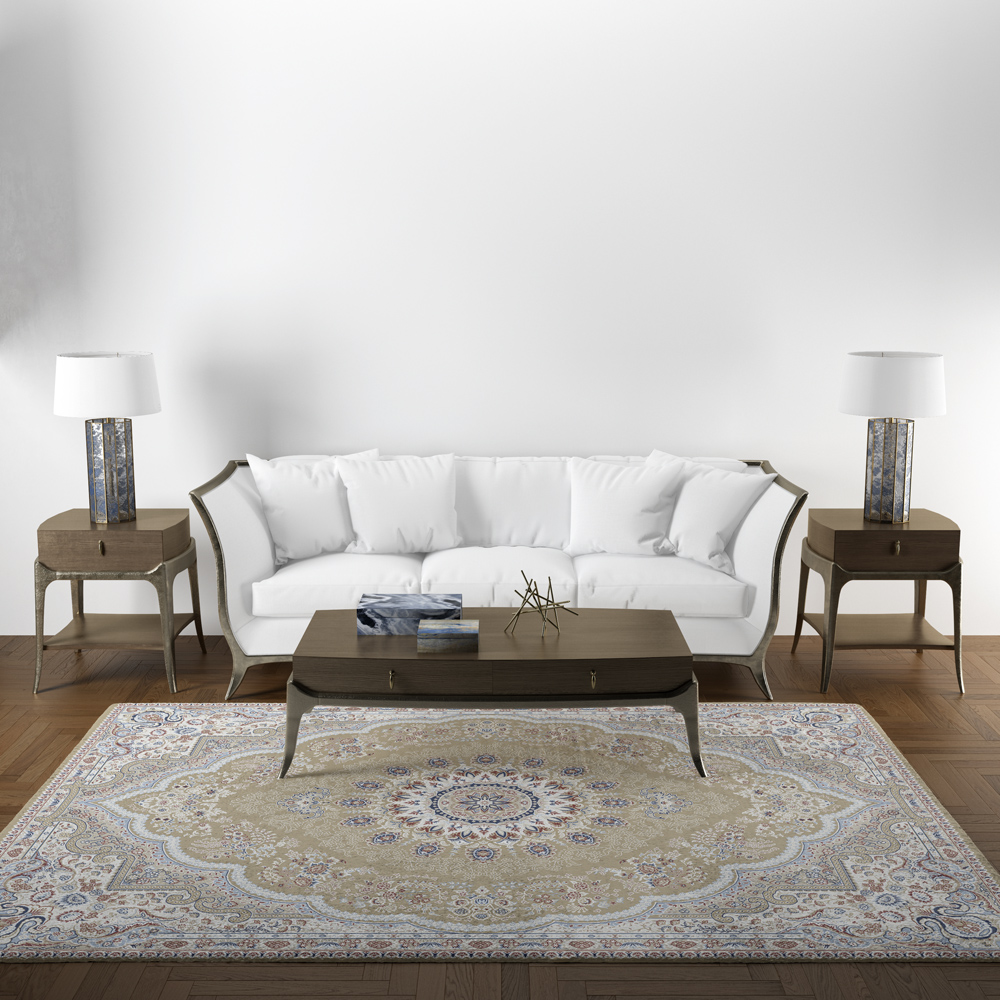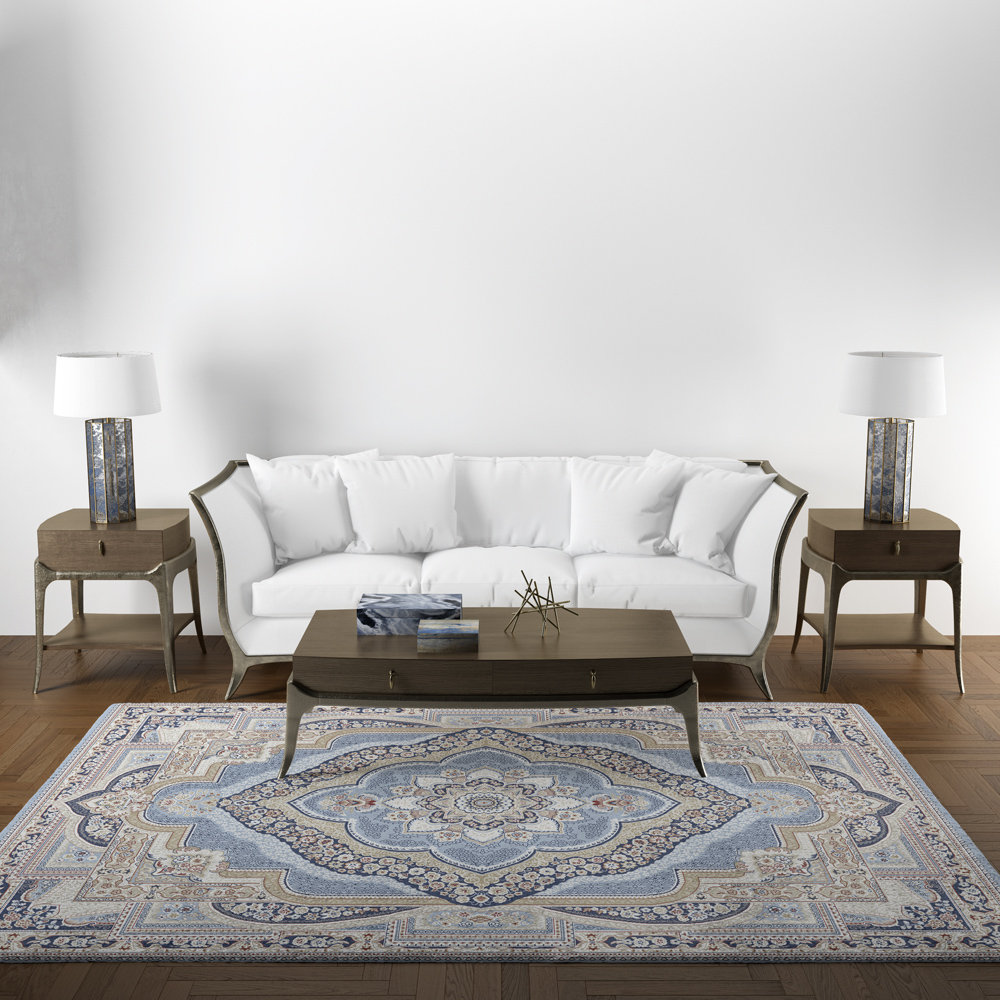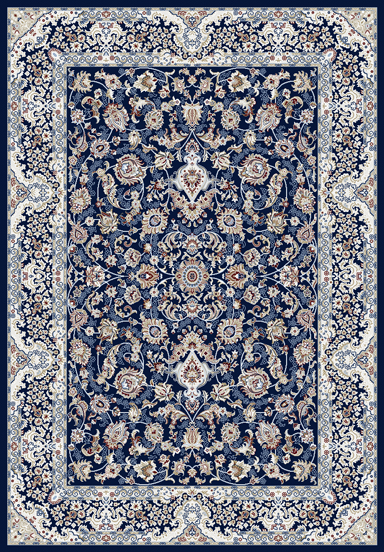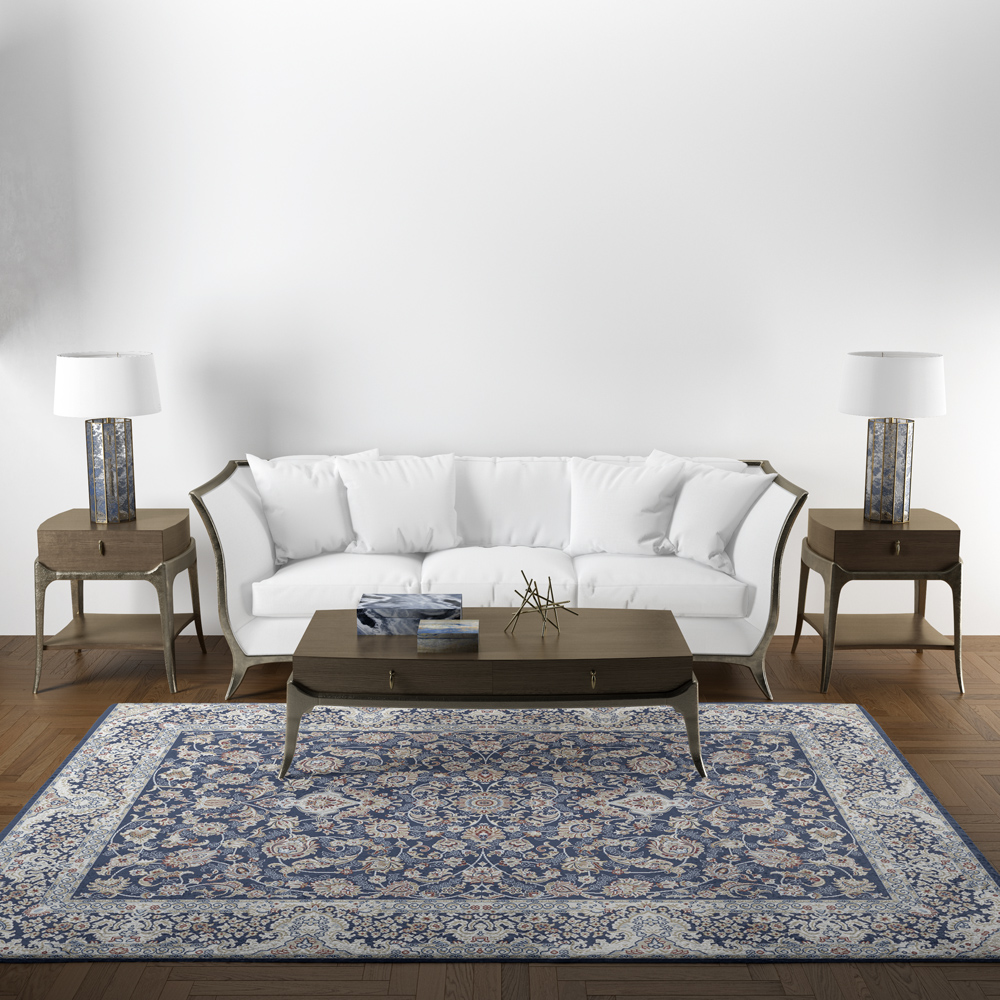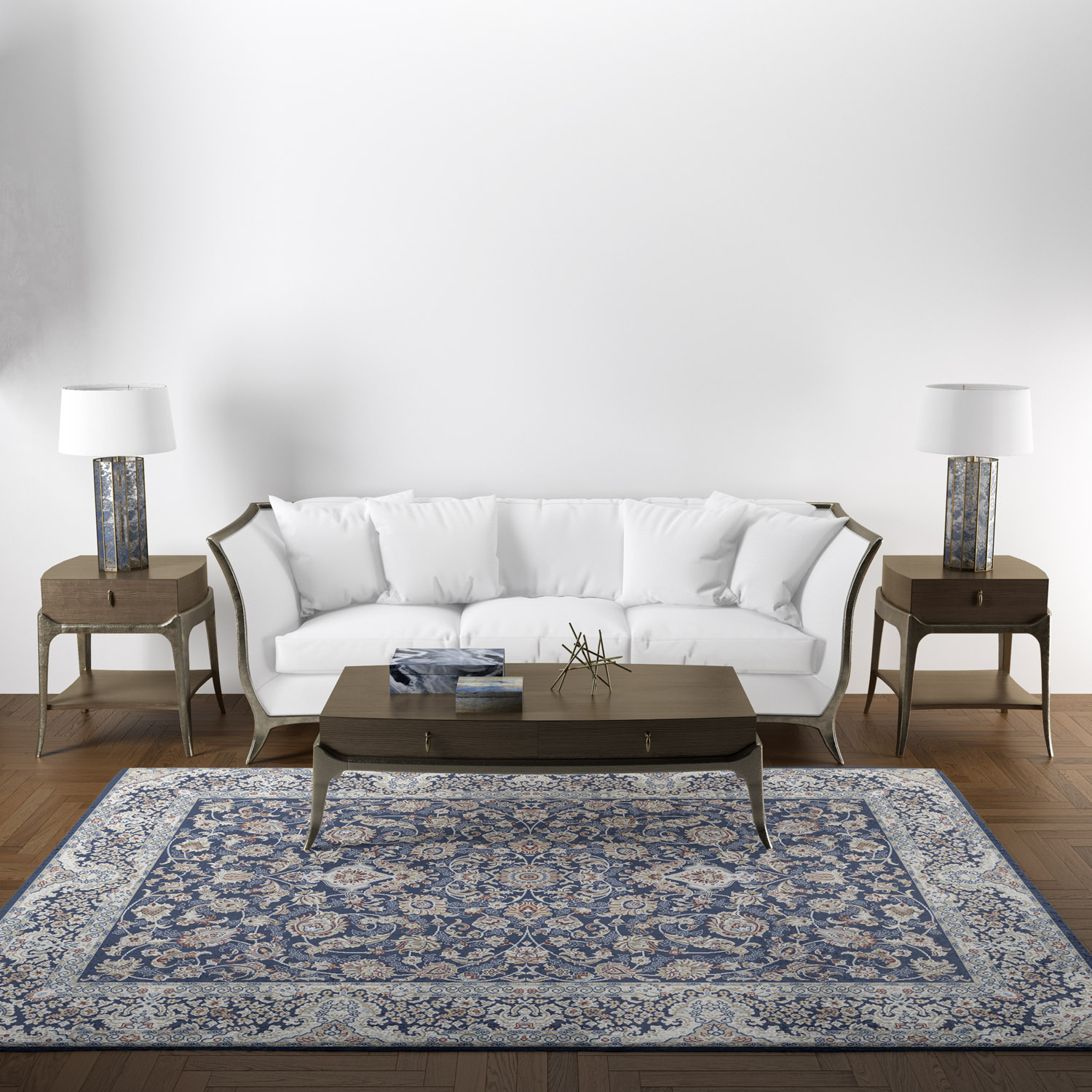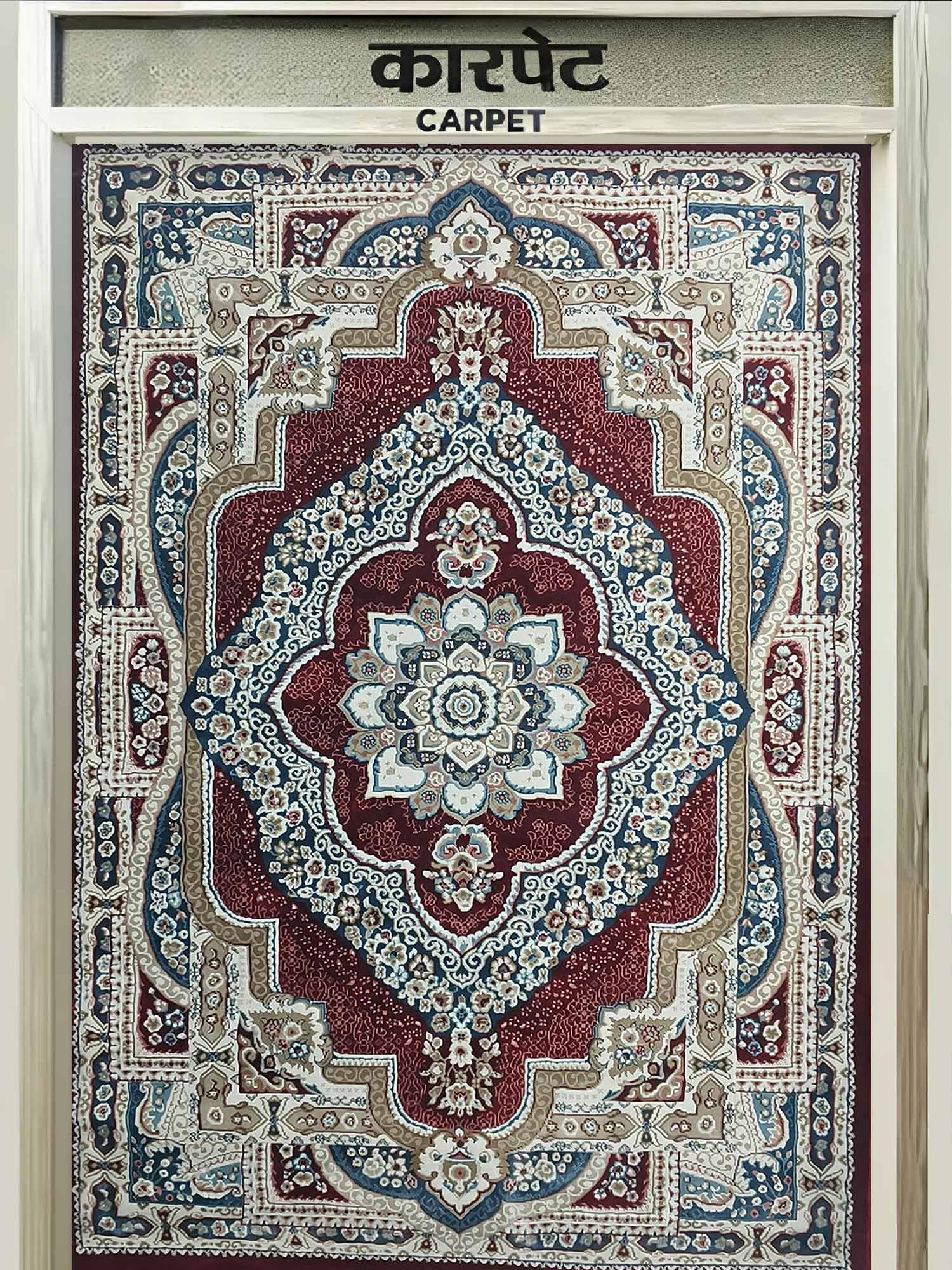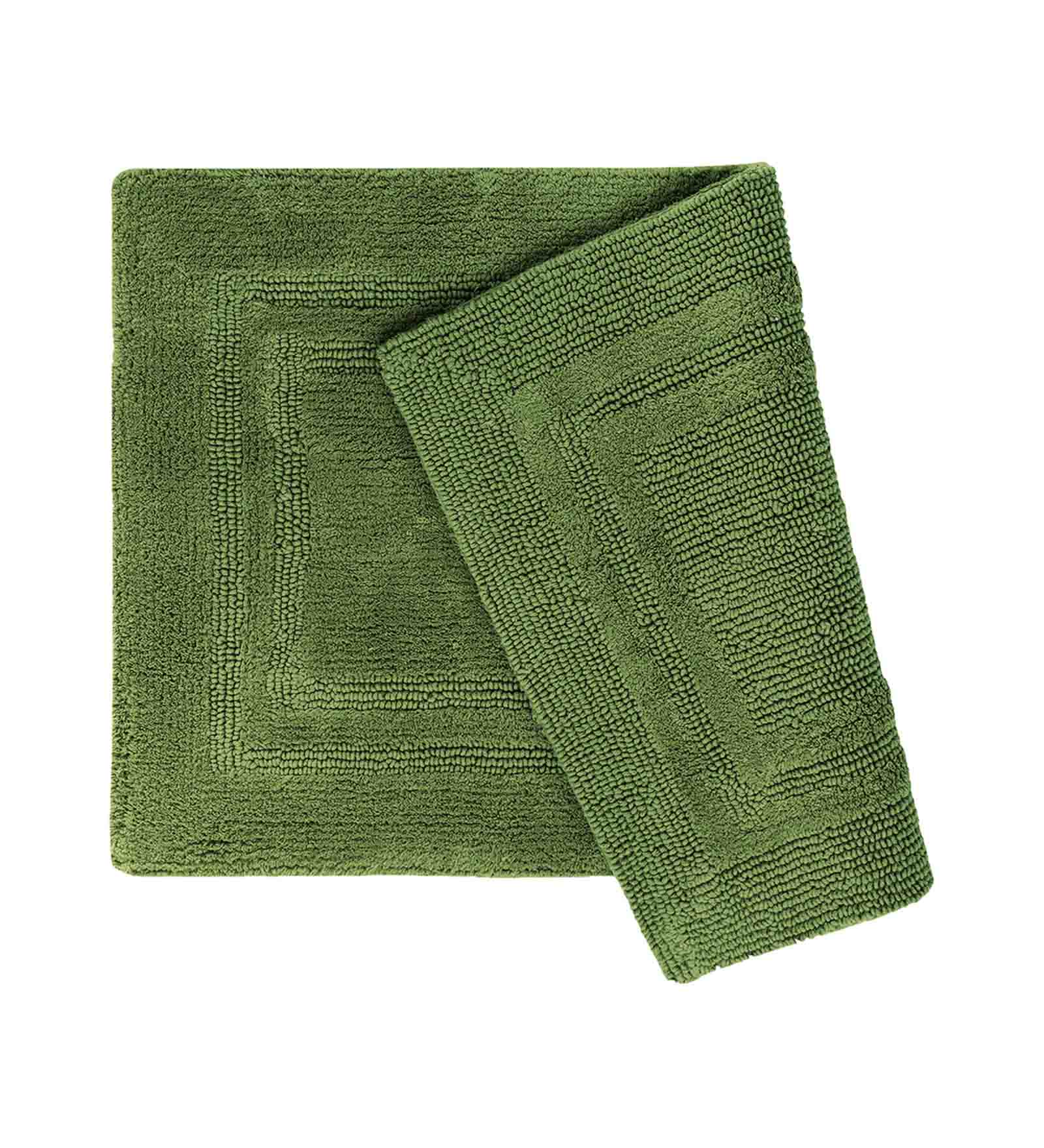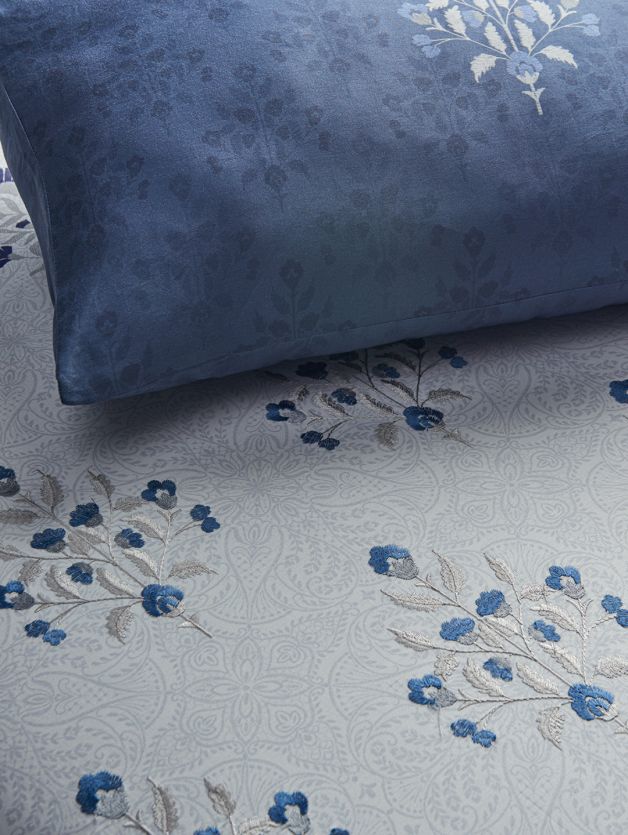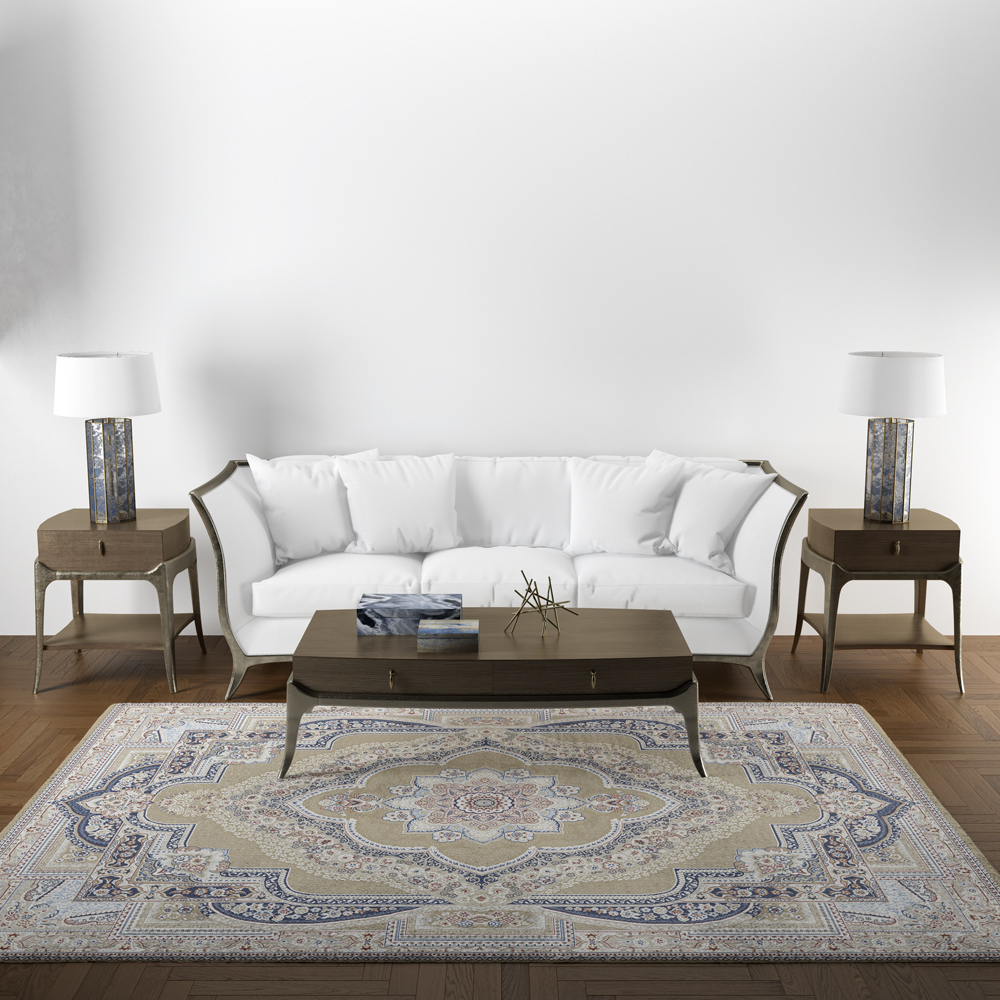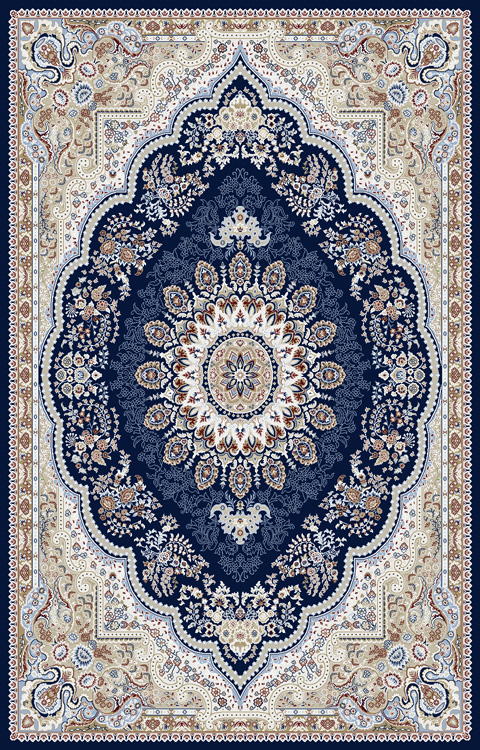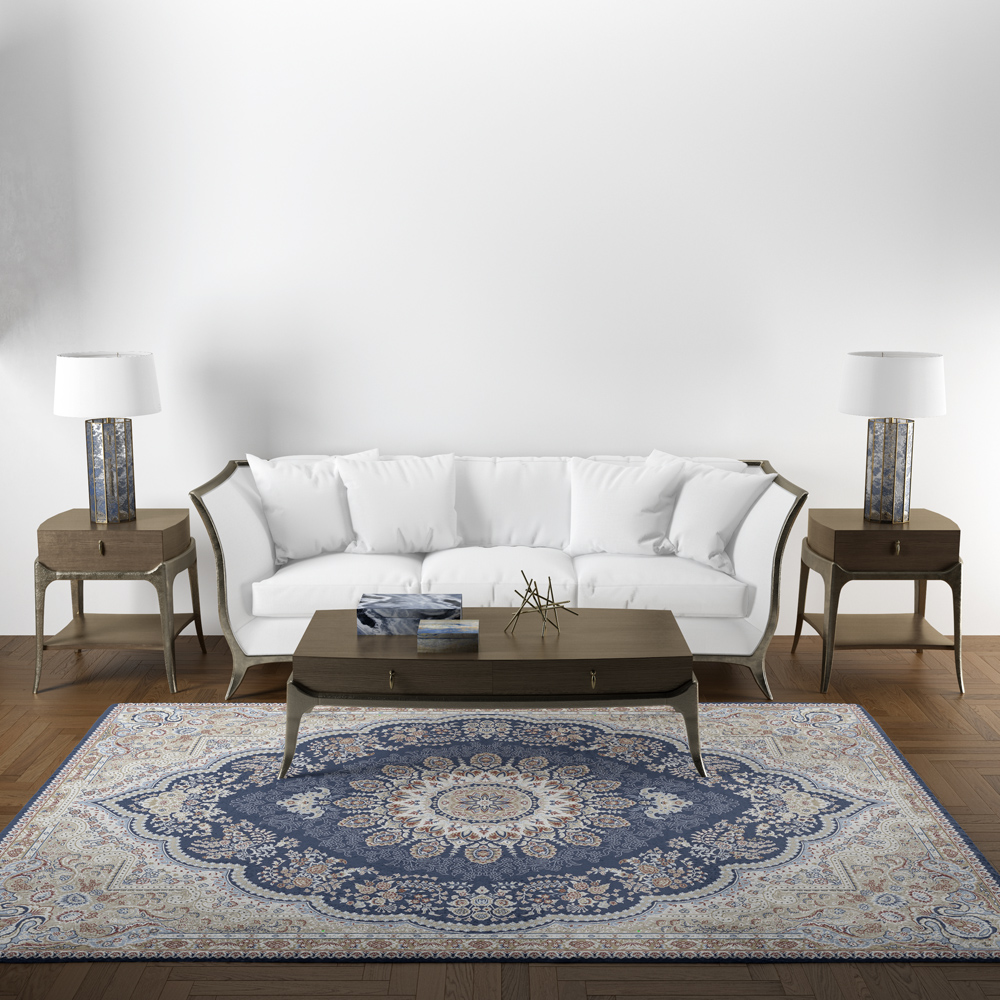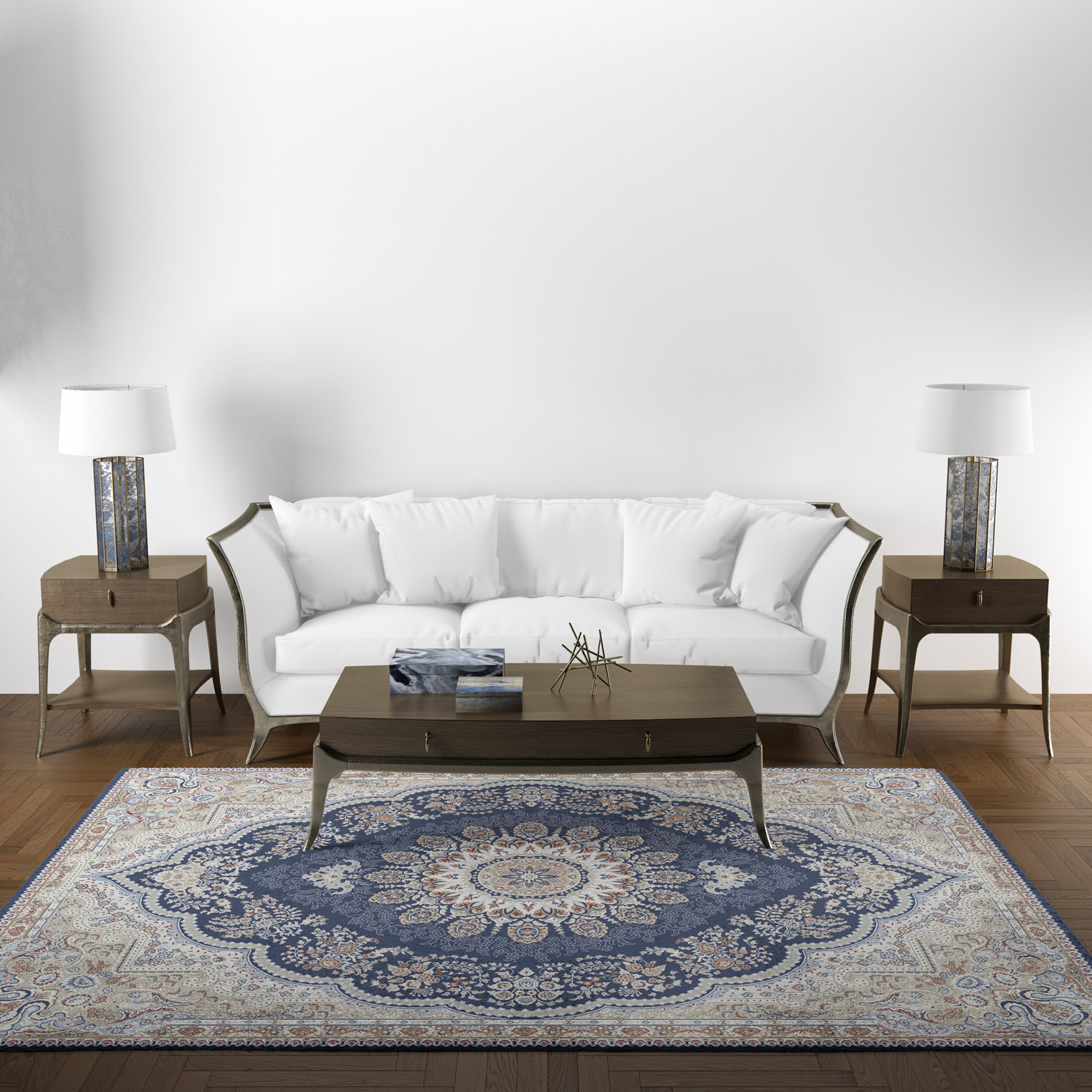In the intricate weave of cultural heritage, handlooms stand as living witnesses to centuries of craftsmanship, tradition, and artistry. Each thread tells a story, echoing the legacy of communities and civilizations that have cherished and perfected the art of handloom weaving. In this blog, we embark on a journey through the rich cultural heritage of handlooms, exploring the profound significance of these textiles in preserving identity, fostering community, and transcending time.
Threads of Tradition
Handloom weaving is not merely a craft; it is a living testament to the heritage of communities across the globe. Unravel the historical threads of handlooms, tracing their origins and evolution through various civilizations, from ancient Egypt to the intricate silk routes of Asia.
The diversity of handloom traditions reflects the myriad cultures that have nurtured this ancient craft. Explore the distinct patterns, motifs, and techniques that define handloom textiles in different regions, from the vibrant ikats of India to the subtle elegance of Scandinavian weaves.
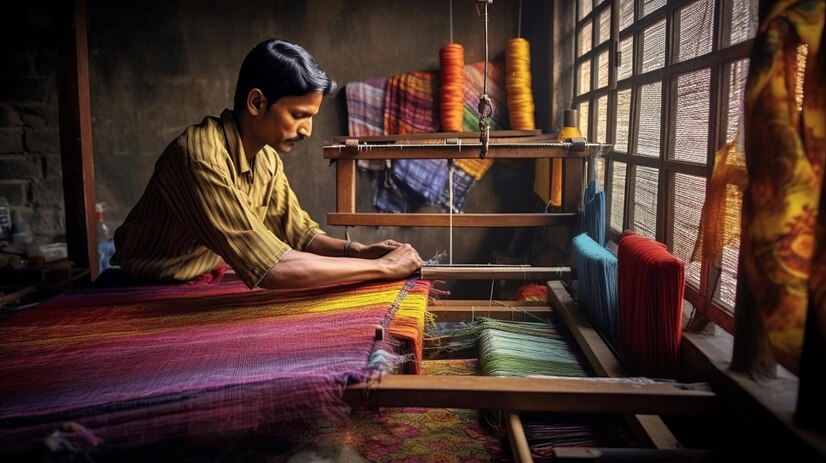
Handlooms often play a central role in cultural ceremonies, rites of passage, and festive celebrations. Delve into the symbolic significance of handwoven textiles in weddings, religious ceremonies, and other cultural events, where each fabric choice carries deep meaning and tradition.
Handlooms are not just fabrics; they are vessels of cultural identity. Explore how handloom textiles contribute to the preservation of cultural heritage by embodying ancestral techniques, patterns, and stories, passing down traditions from one generation to the next.
Artisanal Wisdom
At the heart of handloom heritage are the skilled artisans who have honed their craft over generations. Share stories of these master weavers, their dedication to preserving traditional techniques, and the intimate connection they share with the cultural heritage woven into every textile.
Revival and Innovation
Cultural heritage is not static; it evolves with time. Explore how contemporary designers and artisans are infusing new life into handloom traditions, merging age-old techniques with modern aesthetics to create textiles that are both rooted in history and relevant to the present.
Handlooms often form the backbone of rural economies, providing sustainable livelihoods for communities. Discuss the social and economic impact of handloom weaving, highlighting the communal spirit that arises from shared traditions and craftsmanship.
Handloom textiles transcend borders, becoming ambassadors of cultural heritage on the global stage. Explore how handlooms contribute to cultural diplomacy, fostering cross-cultural understanding and appreciation for diverse weaving traditions.
